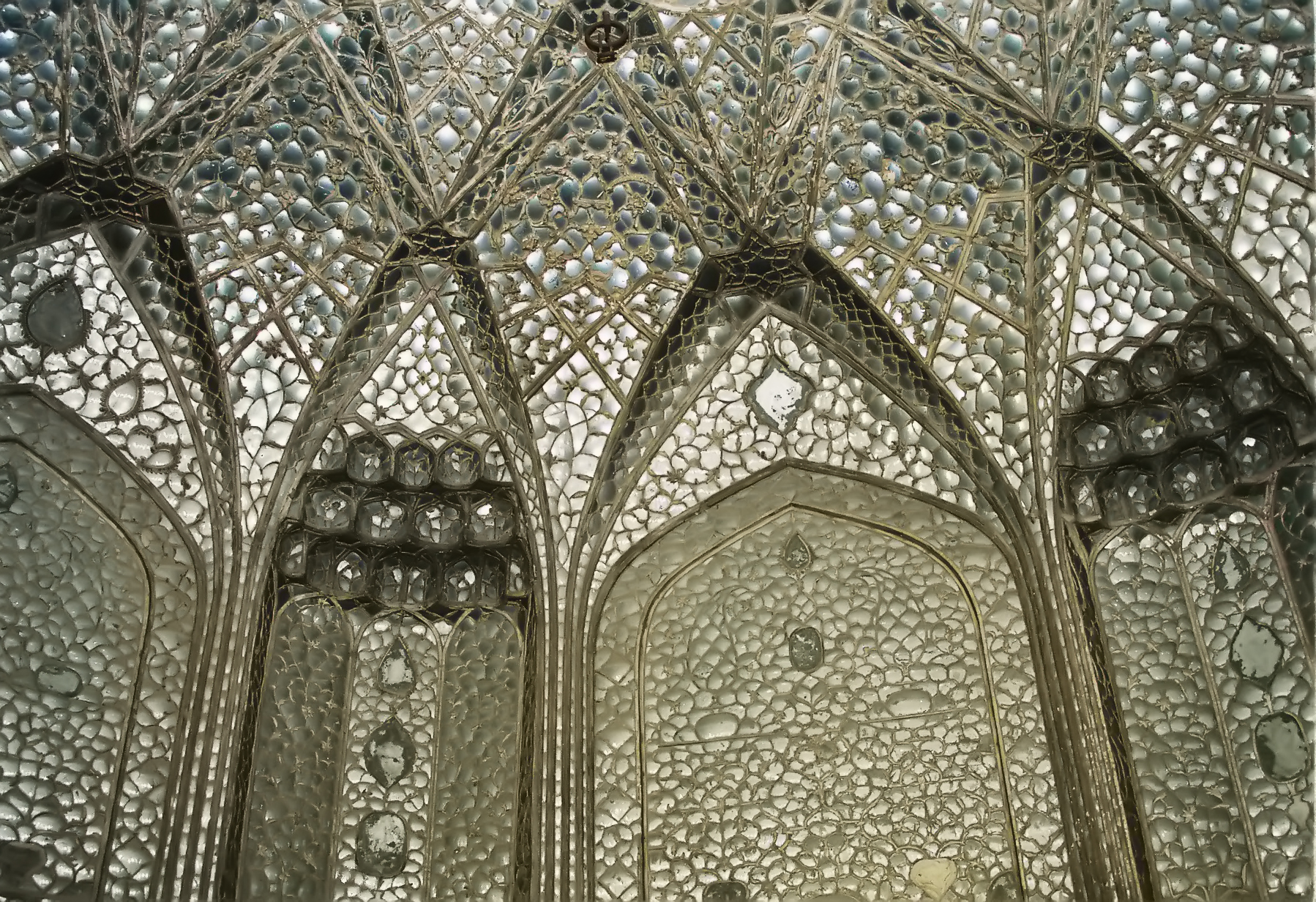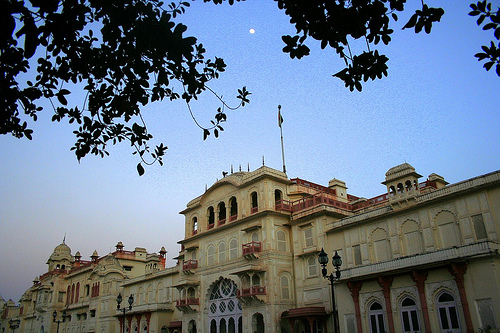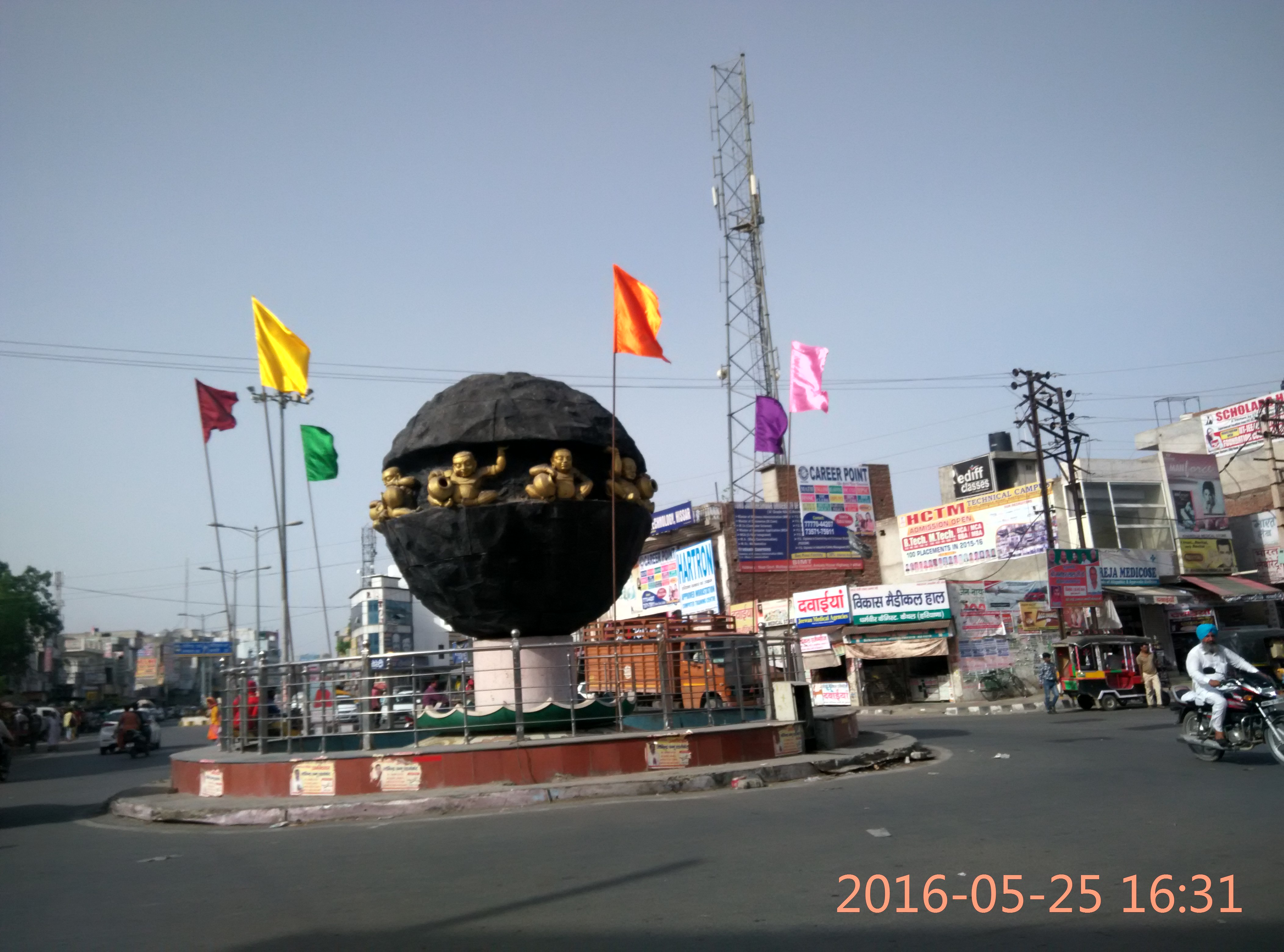Sheesh Mahal, nestled in the historic city of Patiala, stands as a breathtaking testament to the architectural and cultural brilliance of Punjab's royal heritage. Constructed between 1845 and 1862 during the reign of Maharaja Narinder Singh, this magnificent palace represents a stunning fusion of Mughal and European architectural styles, reflecting the cosmopolitan sensibilities of its time. The intricate mirror work that adorns its walls and ceilings gives the palace its evocative name, creating a mesmerizing visual spectacle that captures the imagination of every visitor.
The architectural marvel is more than just a beautiful structure; it is a profound narrative of Punjab's rich cultural tapestry. The palace's design incorporates delicate floral motifs and miniature paintings in the Kangra style, particularly those depicting the iconic poem Geet Govind, which showcase the refined artistic sensibilities of the era. Each room and corridor tells a story of royal patronage, artistic excellence, and the sophisticated lifestyle of the Patiala monarchs.
Beyond its aesthetic splendor, Sheesh Mahal serves as a crucial historical document, preserving the legacy of the Patiala royal family. The palace not only reflects the wealth and power of its creators but also demonstrates the complex cultural interactions of 19th-century Punjab. Its museum houses an extraordinary collection of artifacts, including a remarkable medal gallery that offers insights into the global connections and diplomatic achievements of the royal family.
The palace's gardens, known as Bagh Gulari, are themselves a masterpiece of landscape design. Crafted in the traditional Mughal style, these meticulously planned green spaces feature intricate fountains, symmetrical terraces, and carefully curated flora that complement the architectural grandeur of the main palace. Visitors can experience a serene journey through these gardens, which represent the harmonious blend of natural beauty and human design.
Maharaja Bhupinder Singh, who succeeded Narinder Singh, played a significant role in expanding the palace's cultural significance. His passionate collection of medals, which were later gifted to the Punjab Government, transformed the palace into more than just a royal residence. It became a repository of historical memory, preserving tangible connections to India's complex colonial and post-colonial narrative.
The transition of Sheesh Mahal from a royal residence to a public heritage site represents a broader story of cultural preservation in post-independence India. After 1947, many princely estates underwent significant transformations, with their spaces being repurposed to serve public and educational purposes. Sheesh Mahal exemplifies this transition, now functioning as a crucial cultural institution that allows visitors to connect with Punjab's rich historical legacy.
As a cultural landmark, the palace continues to play a vital role in promoting heritage tourism in Punjab. Guided tours provide visitors with deep insights into its architectural nuances, historical context, and cultural significance. The careful conservation efforts by the state government ensure that this magnificent structure remains a living testament to the artistic and architectural achievements of Punjab's royal era.
Sheesh Mahal stands not just as a monument to architectural beauty, but as a dynamic cultural space that bridges past and present. It invites visitors to step beyond mere observation and truly immerse themselves in the complex, fascinating narrative of Punjab's royal history, offering a profound understanding of the region's cultural sophistication and artistic excellence.






